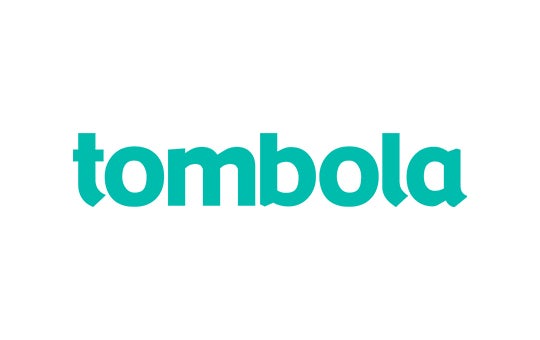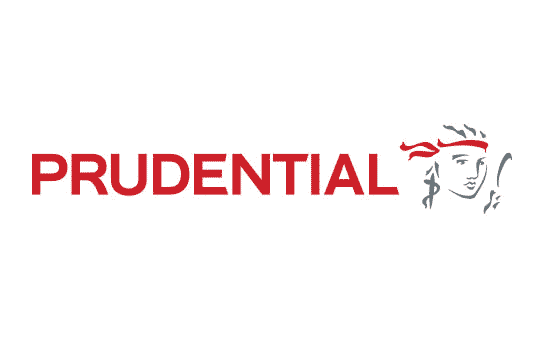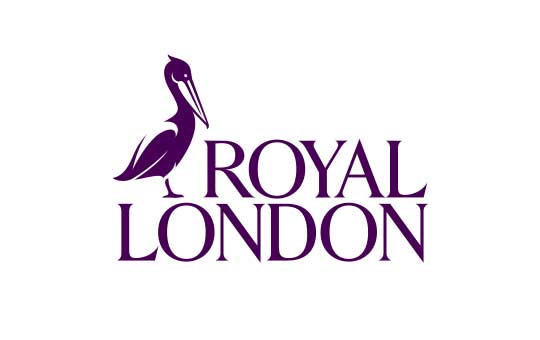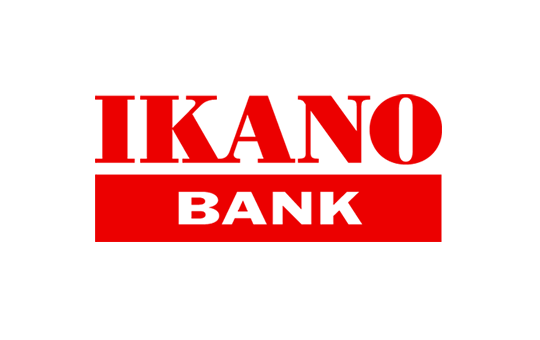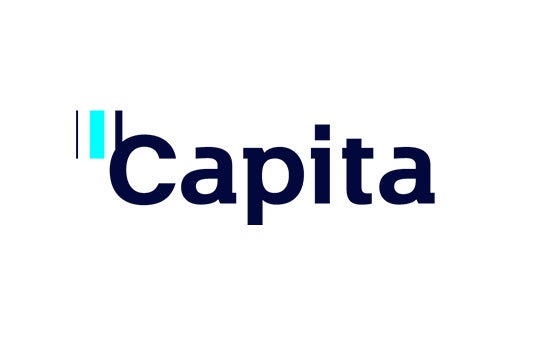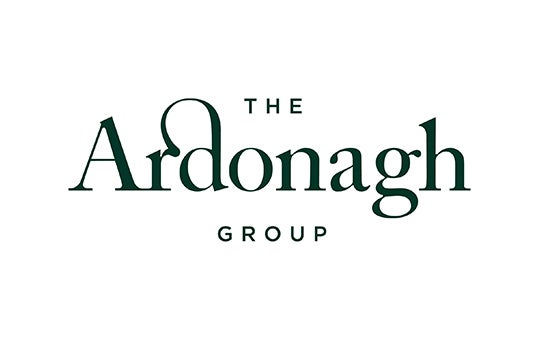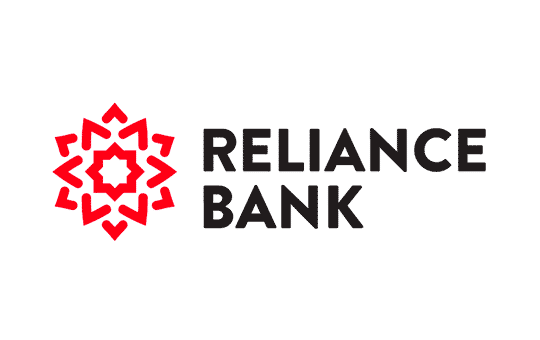
Making financial crime prevention simple
Know Your Customer and Due Diligence
Watchlist Screening
Anti-Money Laundering
Anti-Bribery and Corruption
AML Transaction Monitoring
Risk Orchestration
Capture a more complete view of customer and third-party risk
In today’s world of evolving Financial Crime Compliance expectations, knowing exactly who you are doing business with has never been more important. Our integrated financial crime and anti-money laundering (AML) compliance solutions deliver a more complete view of consumer and business risk that enables you to quickly focus resources on relevant financial crime risk. Improve investigation precision and achieve more effective, end-to-end global financial crime compliance.
Discover LexisNexis® RiskNarrative™ – a unified risk-management orchestration platform: quick to setup, easy to configure, zero coding required. A single solution to verify, transact with, and monitor your customers, clients, and suppliers.

Recognised by...
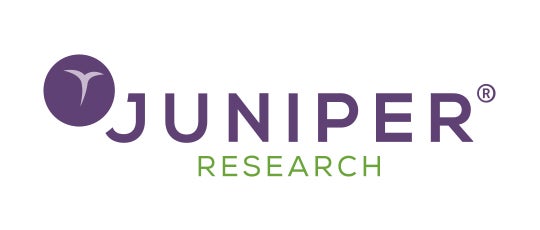
Risk Orchestration: Smooth, seamless customer lifecycle management

Take full control of financial crime prevention
Discover a unified, future-ready orchestration platform: quick to setup, easy to configure, zero coding required. A single solution to verify, transact with, and monitor your customers, clients, and suppliers.

Take full control of financial crime prevention
See how we can help to optimise your KYC and CDD processes across the customer lifecycle
Book a free, no-obligation consultation to find out more.
Discover our award winning solutions...
Products you may be interested in
-
RiskNarrative™
Orchestration platform providing a highly sophisticated, configurable and accessible financial crime lifecycle management solution.
Learn More -
Compliance Lens
Transform the way you conduct AML screening. Benefit from industry-leading data and state-of-the-art matching and filtering technology.
Learn More -
Bridger Insight® XG
Powerful screening and ongoing monitoring platform for financial crime compliance
Learn More -
WorldCompliance™ Data
Robust databases of high-risk individuals and entities including PEPs, sanctions, adverse media and enforcements
Learn More -
LexisNexis Risk Management Solutions® – Global
Enhanced due diligence platform combining consumer, business and risk data into a single platform. Conduct robust enhanced due diligence checks quickly
Learn More
Combining advanced analytics, data and technology
- Customer Due Diligence (CDD)
- Know Your Customer (KYC)
- Customer and Vendor Risk Assessment
- Third-Party Vetting
- Watchlist Screening
- Trade Compliance
- Ongoing Monitoring and Financial Crime Risk Management
Efficiently assess financial counterparty risk
Fortify compliance efforts without adding friction to the customer experience
Bank Secrecy Act (BSA) and Anti-Money Laundering (AML)
Anti-Bribery and Corruption
Customer Due Diligence
Economic Sanctions
Optimise compliance With anti-terrorism and money laundering laws
- Financial Crimes Enforcement Network (FinCEN) Customer Due Diligence Guidance
- Office of Foreign Assets Control (OFAC) Regulations
- 5th Anti-Money Laundering Directive
- Financial Actions Task Force (FATF) and Wolfsberg Group Guidance
- Accounting and Corporate Regulatory Authority (ACRA) Act
Access current global risk intelligence and improve decisioning efficiencies
Change is the only constant in the evolving climate of global financial crime compliance requirements and ongoing geopolitical challenges. LexisNexis® Risk Solutions connects your business to comprehensive global risk intelligence that is continuously updated to reflect the most recent global risk realities. We offer an expansive breadth and depth of financial crime risk data in our comprehensive coverage of around 6 million structured profiles of individuals and entities that cover more than 60 risk categories and subcategories, including global sanctions, enforcement actions, Politically Exposed Persons (PEPs), state-owned enterprises, registration lists and adverse media.
We blend powerful financial crime technology with human intelligence to deliver robust, yet structured global risk intelligence in a concise, curated format that can be used to automate decisioning and accelerate key elements of screening, due diligence and investigative workflows. Our solutions connect your business to continuously updated global risk intelligence to help ensure you stay ahead of emerging threats and support more effective management of complex financial crime regulations.

Achieve more effective financial crime compliance management
Enhance Customer Lifecycle Management (CLM)
Support compliance with evolving global requirements and sanctions regulations, and avoid emerging risks
Increase investigation accuracy
Improve cross-enterprise operational efficiencies
Strengthen Customer Data Management (CDM)
Confidently balance compliance objectives with core business operations
Our integrated, configurable solutions work together to enable your business to maximise efficiencies across risk assessment, decisioning and investigations and support consistency across critical financial crime compliance workflows. We deliver actionable intelligence to automate risk decisions and reduce delays and friction for legitimate customers. With agile financial crime services that can be tailored to meet specific risk tolerances, we can improve cross-enterprise operational efficiencies and cost synergies. Our robust financial crime solutions enable you to confidently complete risk-based assessments while balancing compliance demands with core business operations:
- Respond to evolving global compliance regulatory requirements
- Increase the transparency of compliance activities across the enterprise
- Expand into new markets and maximise global opportunities
- Minimise friction and speed up onboarding for new customers and third parties
- Control compliance costs

Focus resources on relevant financial crime risk and improve investigation precision
A powerful combination of industry-proven technology, advanced analytics, expansive global risk intelligence and unmatched industry experience enables your business to achieve a more effective end-to-end financial crime compliance workflow. We offer integrated and flexible tools and AML compliance solutions that support streamlined Financial Crime Compliance, economic sanctions compliance, Bank Secrecy Act and anti-money laundering compliance and anti-bribery and corruption compliance across the customer lifecycle.
Count on LexisNexis® Risk Solutions to help your business efficiently understand customer and third-party risk and increase the effectiveness and efficiency of critical financial crime and compliance management workflows.

Count on an industry-proven source for stronger financial crime risk management and compliance
Our solutions connect your business to robust technology, data and analytics that can transform your Financial Crime Compliance workflows and help you achieve greater costs and operations efficiencies across the customer lifecycle. Our one-source model encompasses all of your screening, investigation and ongoing monitoring needs to support a unified, more cohesive workflow – enabling you to focus resources on your core business and the customer experience.
With over 20 years of experience, we demonstrate our strong strategic commitment to fighting financial crimes including money laundering, bribery and corruption and terrorist financing. We are proud to be the provider of choice for leading global financial institutions and corporations.



